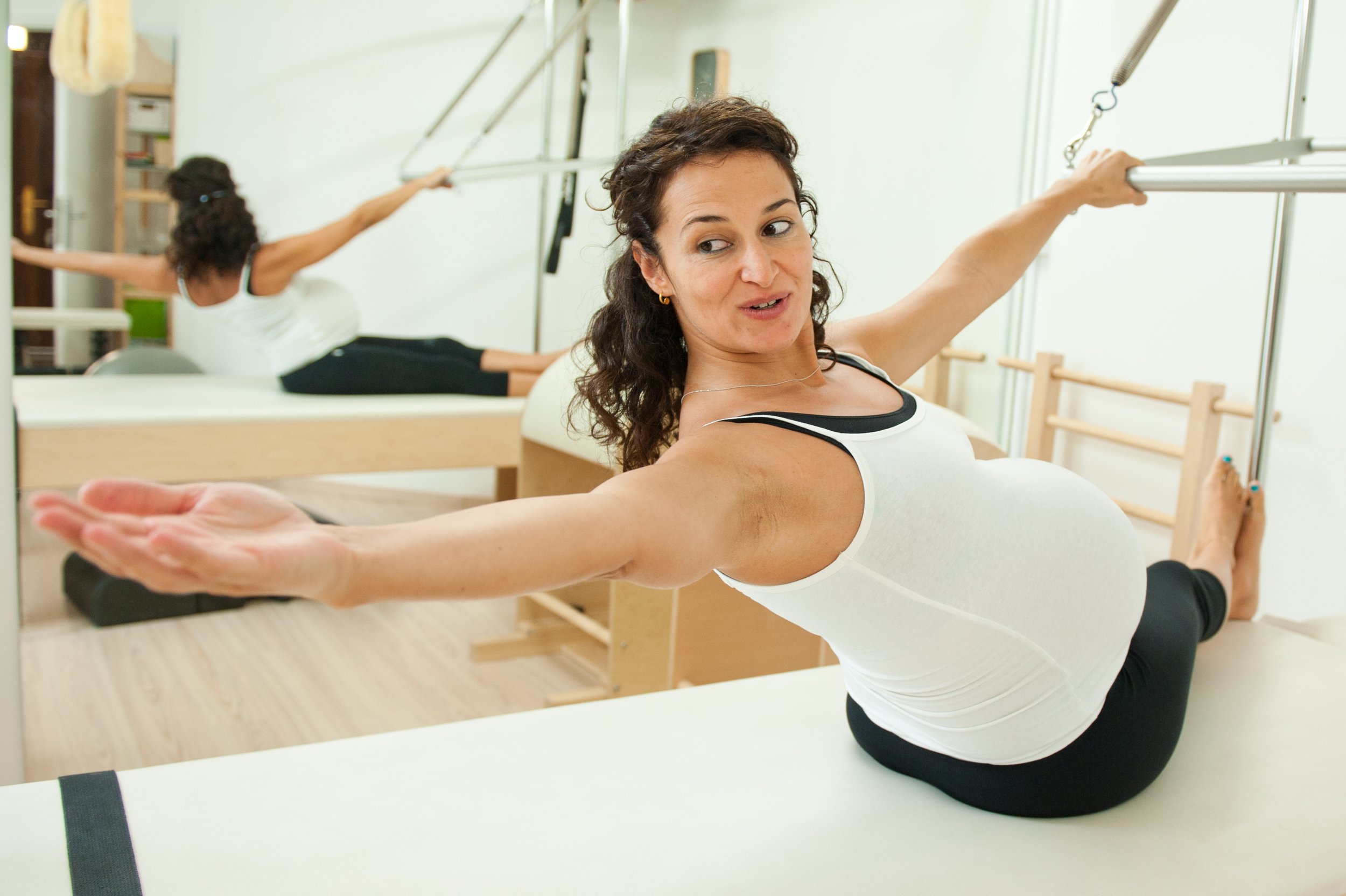What Is the Importance of Core Stability in Pilates?
If you’ve ever been to a Pilates class, chances are you’ve heard the phrase “engage your core” more times than you can count. But what does that really mean, and why does it matter so much? In Pilates, the core isn’t just a buzzword. It’s the center of every movement, the foundation of strength, and the key to moving efficiently and safely. Core stability goes beyond looking toned — it’s about building a system that supports your entire body from the inside out.
So, What Exactly Is Core Stability?
Most people think of the core as just the abdominal muscles, but it actually includes much more. In Pilates, the core refers to a deep system of muscles including the transverse abdominis, pelvic floor, diaphragm, multifidus, and the muscles that support the spine and hips. Core strength is important, but core stability is what allows those muscles to work together to hold your spine steady while you move. It’s less about how much you can lift and more about how well you can control your body.
The Role of Core Stability in Safe Movement
Your core is like your body’s central support system. When it’s stable, your spine is protected, your movement becomes smoother, and your body doesn’t have to compensate by overworking other muscles. That’s a big deal, especially when you’re lifting, twisting, or transitioning from one position to another. In Pilates, every exercise is designed to start from the center and move outward. Whether you’re doing leg circles, bridging, or even standing balance work, your core is quietly doing the heavy lifting to keep everything aligned and safe.
How It Supports Better Posture
Good posture isn’t just about standing tall — it’s about having the strength to hold yourself up without strain. Pilates focuses on those deep stabilizing muscles that help you maintain an upright position without relying on your neck or lower back to do all the work. As you develop core stability, your posture naturally improves. You’ll start to notice you’re not slouching as much at your desk or leaning into one hip while you wait in line. That subtle shift reduces wear and tear on your joints and helps you move more efficiently throughout the day.
Balance Starts From the Core
Balance isn’t just about strong legs or quick reflexes — it’s rooted in your ability to stabilize from the center. Pilates helps you build the kind of core control that lets you stay steady, even during movement. Exercises that challenge your balance, like single-leg stretches or standing leg lifts, highlight how much your core contributes to keeping you upright. That kind of control carries over into everyday life, whether you’re walking on uneven ground or reaching for something on a high shelf.
Injury Prevention Through Stability
When your core is unstable, your body finds ways to compensate. That often leads to overuse injuries, lower back pain, and joint strain. Pilates helps by targeting those small but crucial muscles that protect your spine and hips. Over time, you build a support system that helps distribute movement evenly. This is especially valuable if you’ve had injuries in the past or you’re returning to exercise after time off. A strong core can act like a buffer, reducing the likelihood of tweaks, strains, or chronic pain.
Building Awareness While You Move
One of the quiet benefits of Pilates is how much it teaches you to tune in to your body. You don’t just go through the motions — you learn how it feels to move well. Core stability plays a big role in that awareness. When you move from your center, you start to notice when things are out of alignment or when you’re gripping too much in other areas. That kind of feedback helps you move more mindfully, both in and out of class.
Practical Perks in Daily Life
Core stability isn’t just for workouts — it shows up in daily life in countless ways. It helps when you’re getting out of bed, lifting groceries, playing with your kids, or even standing in the kitchen chopping vegetables. It gives you the strength to do simple tasks without strain or fatigue. And as you age, it becomes even more important for maintaining independence and reducing the risk of falls or injury.
Why Pilates Is the Ideal Practice for Core Stability
Pilates is designed around the idea that all movement starts from the center. It builds strength slowly and intentionally, layering movement patterns that teach your body how to work efficiently. Instead of isolating muscles, Pilates trains your entire system to work as a team. That’s why even the smallest Pilates movements can feel surprisingly challenging — because they’re targeting the muscles that keep everything else running smoothly.
At Sandy Greiner Pilates, we believe that real strength starts from within. Our classes and sessions are designed to help you build deep, functional core stability that supports the way you move every day. Whether you're just starting out or looking to refine your practice, we’ll help you connect to your core in a way that feels powerful, accessible, and sustainable. When your center is strong, everything else starts to fall into place.
